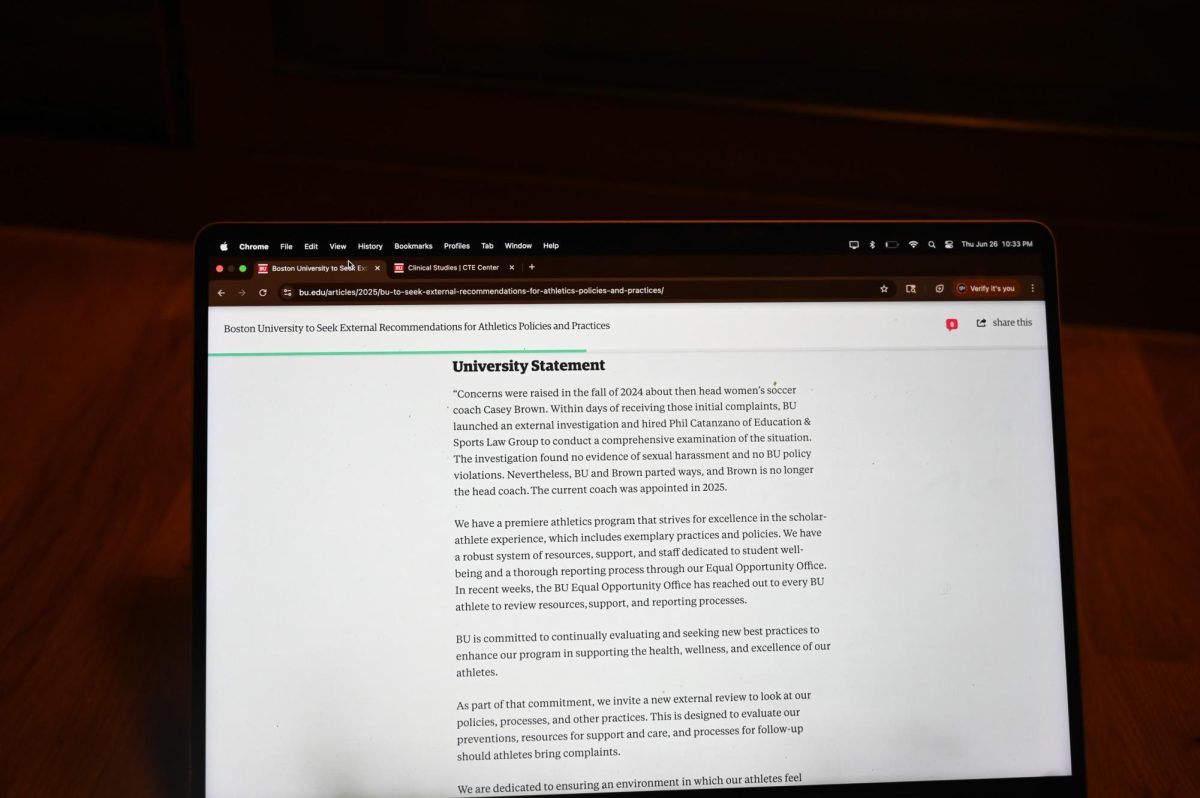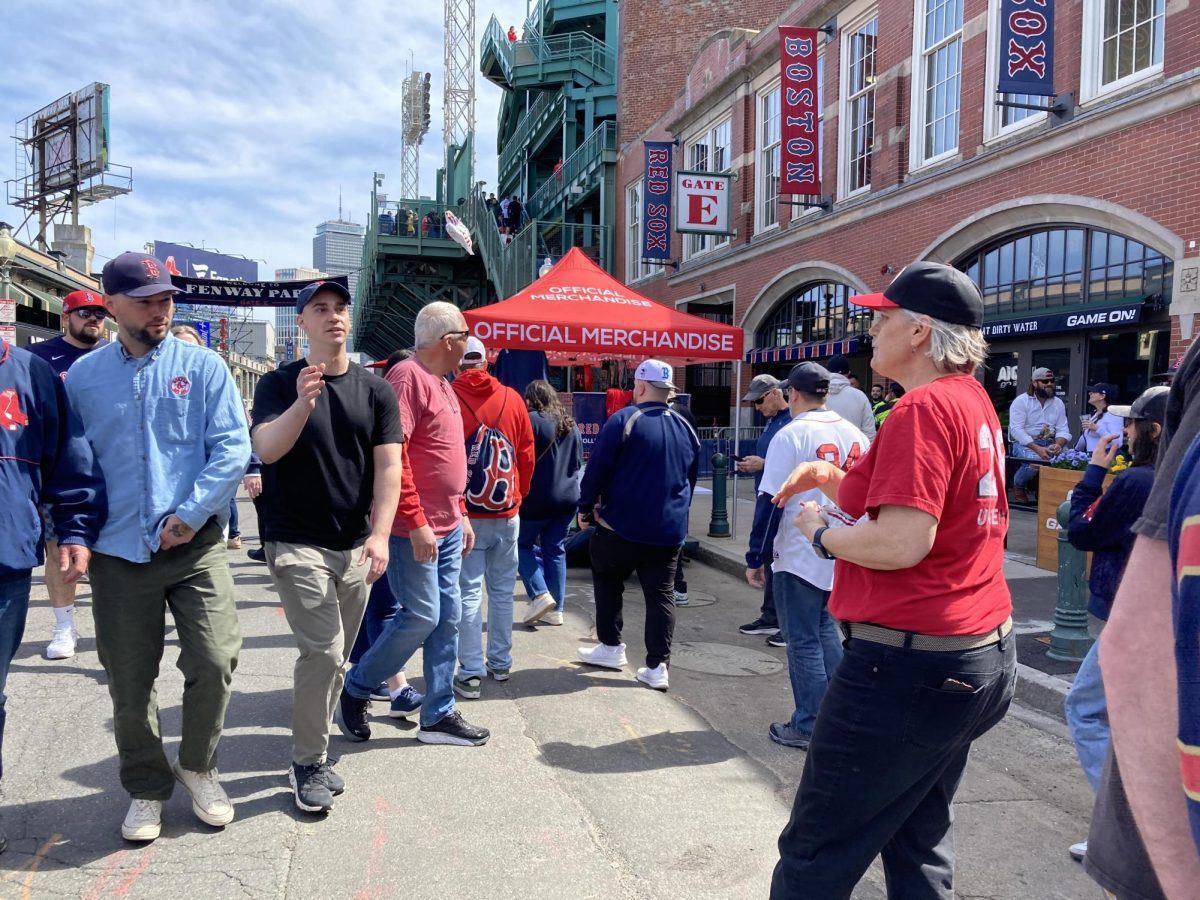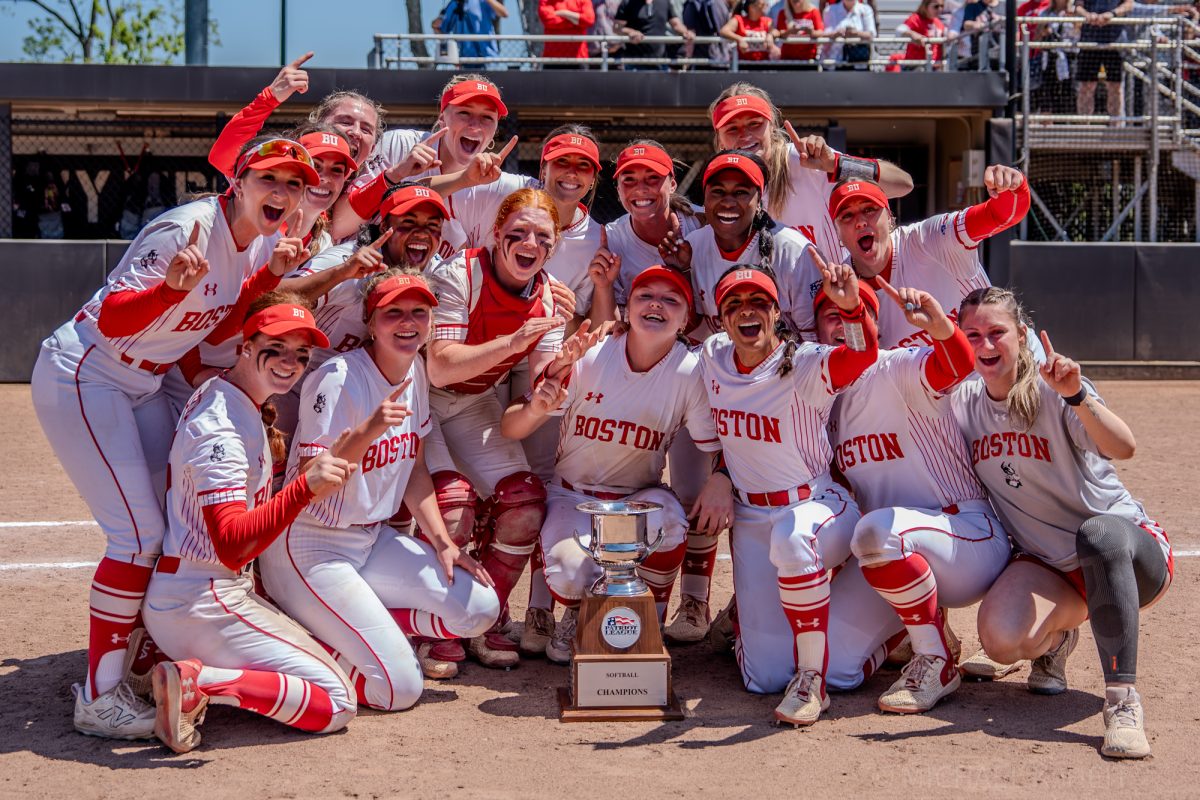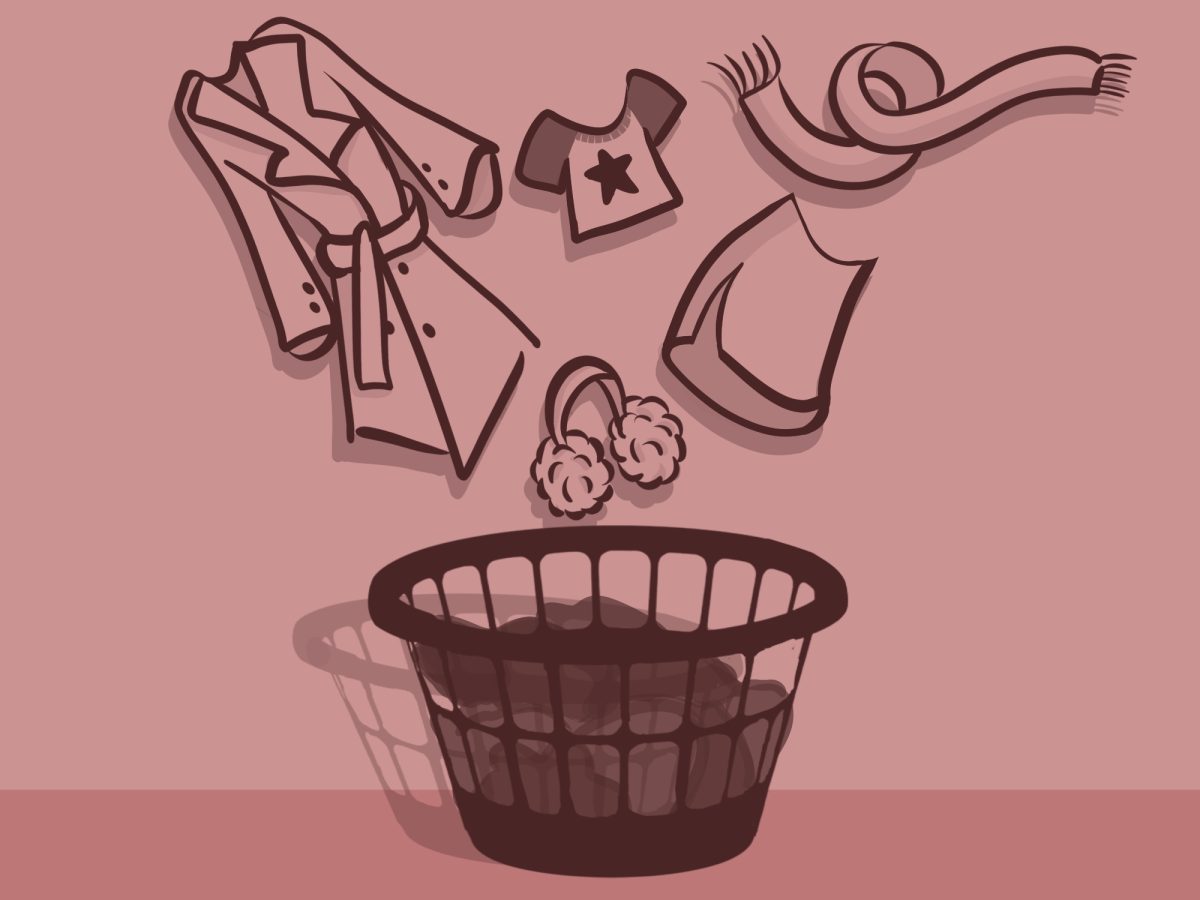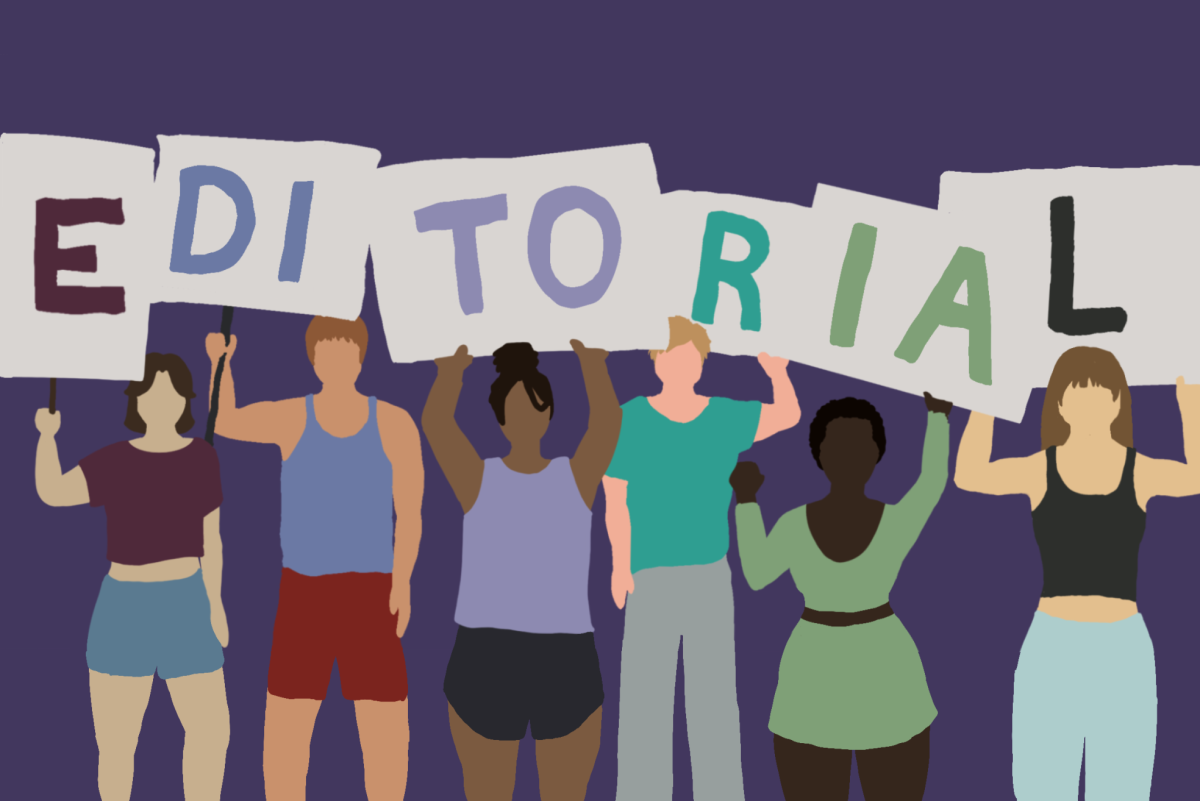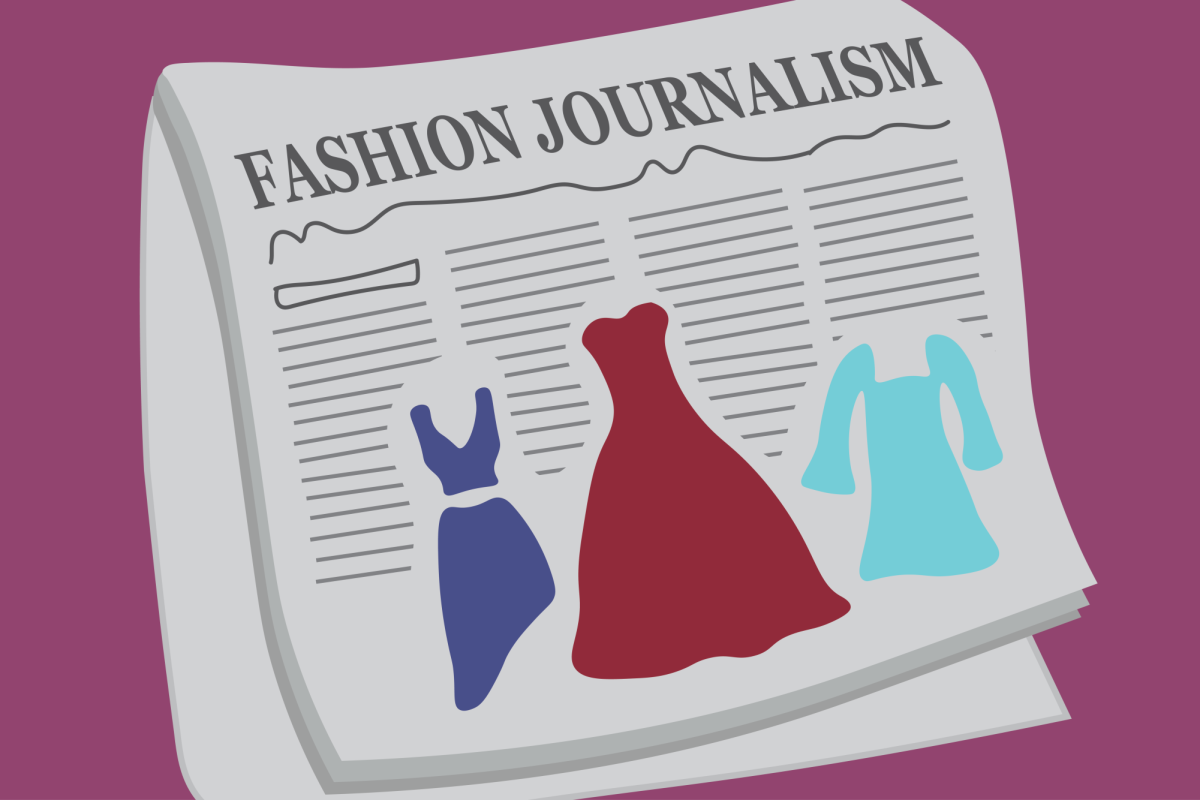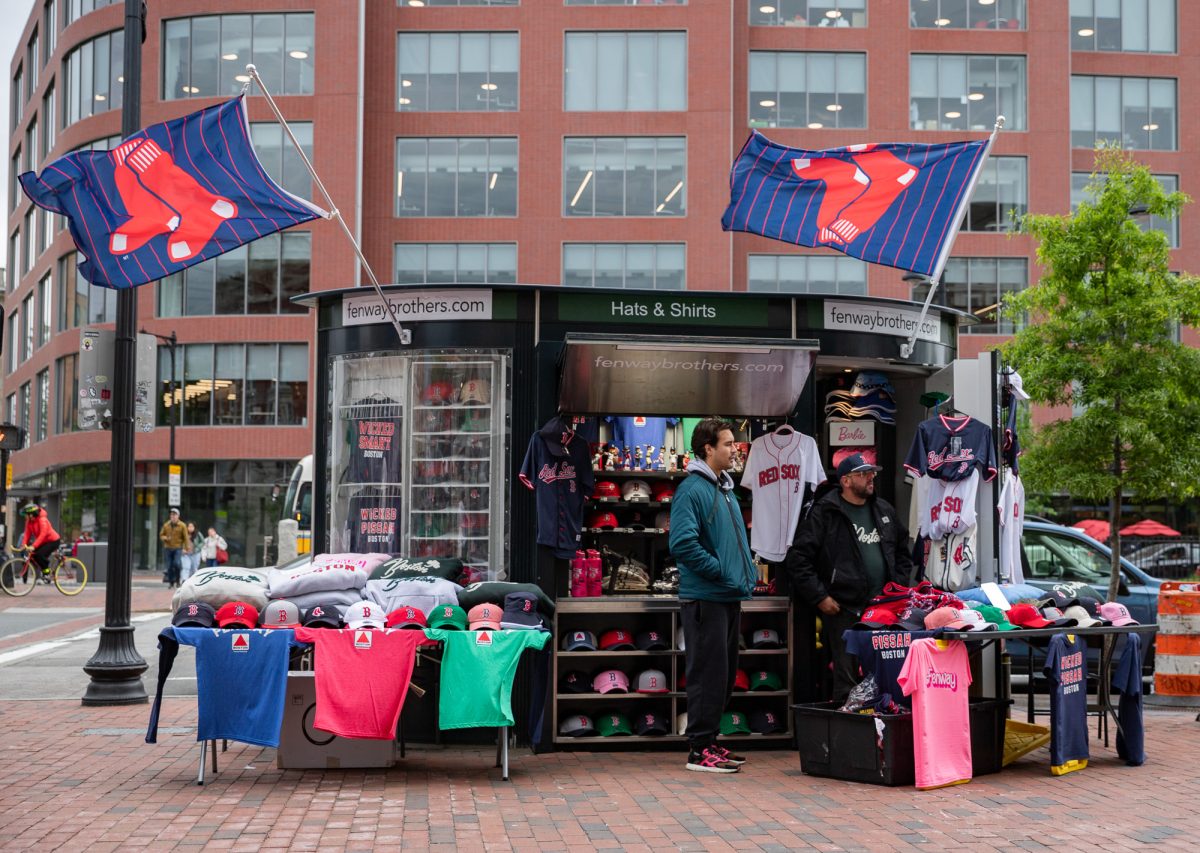Only in America can an unhealthy product create a joke that in turn inspires an even unhealthier product. Case in point: “Brawndo: The Thirst Mutilator,” a parody of over-the-top energy drinks featured in the 2006 film Idiocracy, actually prompted marketers to develop a real-life equivalent of the drink, which was introduced in December. With downright masochistic levels of caffeine, the new drink illustrates a prime example of marketing run amok and should draw more attention to the potential dangers of unhealthy energy drinks.
The latest drink — which contains more than twice the amount of caffeine as a Red Bull, according to a manufacturer press release — comes from the same company that marketed another supercharged soda under the name “Cocaine,” until an FDA warning forced them to rename it. Despite this nominal improvement, the drink’s makers left the beverage formula untouched, which illustrates the main problem with the public’s perception of energy drinks: Promotions run heavy on style but lack any real substance. Advertisers spend millions of dollars to promote each new brand-name drink while information about their actual health effects reaches consumers in fits and starts.
Scientists still know little about the long-term effects of these new stimulants, but that does not make them safe under any condition. In addition to caffeine, many energy drinks in stores today contain once-rare ingredients like taurine and guaranine, which studies have shown to act much more powerfully than conventional caffeine from coffee beans. The drinks have been linked to deaths in rare cases that usually involved mixing potent energy drinks with alcohol. By themselves, the drinks may prove harmless. Still, now is not the time to continue pumping up the concentration of stimulants beyond any human capacity to tolerate them.
Some people have proposed banning energy drinks to underage consumers, arguing that the slickly marketed drinks pose a special risk to children who may not understand how powerfully stimulants could affect them. This seems an extreme reaction without widespread reports of overdoses to justify it. Still, there would be little harm in requiring drink makers to add prominent labels warning consumers of the risks of stimulant overdoses. The FDA could also intervene to prevent any new companies from adding caffeine to their drinks beyond an unacceptable concentration. As always, common sense should decide the agency’s actions.
Federal intervention would not be necessary if energy drink manufacturers acted independently to protect their customers’ safety. It may be difficult for bottlers to resist pressure from marketing executives to hype how many stimulants they can pack into the newest “extreme” fad, but they should temper their desire for publicity with a healthy dose of moderation. Ever-higher doses of stimulants may make a splash at first, but in the long run, selling people tremors and cold sweats is no way to win loyal customers.

